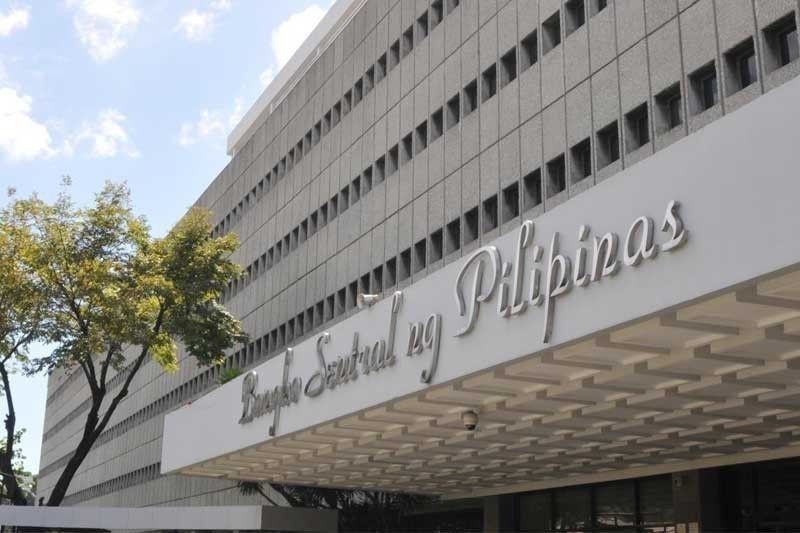Bank liquidity remains above threshold — BSP

MANILA, Philippines — Philippine banks continued to hold liquidity positions way above the threshold after the Bangko Sentral ng Pilipinas (BSP) gave the industry more time to build their buffers.
In a report on the Philippine financial system, the BSP said bank’s high liquidity position indicates the resilience of the banking system to potential liquidity disruptions.
“Liquidity serves as a buffer for potential increase in credit risk which may arise from the expansion of banks’ loan portfolio to serve the financing requirement of the growing economy,” the central bank said.
The regulator has given big banks more time to build up their liquidity positions by moving the effectivity dates of the Basel III liquidity coverage ratio (LCR) and net stable funding ratio (NSFR) compliance of subsidiary banks or quasi-banks of big or universal and commercial banks to January next year.
The LCR mandates big banks to hold high-quality and easily convertible assets to cover its total net cash outflows for a 30-day period, while the NSFR requires financial institutions to hold enough liquidity or reliable sources of funding to match their expected funding needs for a longer period of one year.
These minimum leverage standards were imposed by the BSP to ensure that universal and commercial banks have enough money supply to meet expected and unexpected cash flows and collateral needs during day-to-day operations.
Latest data showed the NSFR of universal and commercial banks stood at 129.5 percent on solo basis and 126.8 percent on consolidated basis as of end-June, above the minimum regulatory requirement of 100 percent.
On the other hand, the LCR of the big banks stood at 173.1 percent on solo basis, also well above the central bank’s phased regulatory threshold of 100 percent.
During the extended observation period, the regulator said banks are required to comply with a 70 percent LCR and NSFR floor, with the minimum LCR and NSFR requirements still at 100 percent upon effectivity date.
The central bank said the banks’ higher compliance with the central bank’s liquidity requirements may be attributed to the reserve requirement ratio reduction and restrictions in the BSP’s special depository account facilities where banks normally place their excess funds.
The minimum liquidity ratios (MLR) of mid-sized or thrift banks as well as small or rural and cooperative banks stood at 35.7 percent as of end-June, also above the requirement of 20 percent to enable them to withstand liquidity stress events.
The MLR requires mid- and small-sized lenders including thrift, rural, cooperative, and quasi-banks to keep liquid assets such as cash on hand, other cash items, claims from the BSP, debt securities tagged with a zero risk weight, and deposits in other banks to cover at least 20 percent of its total liabilities at any given time.
The Basel Committee on Banking Supervision has adopted the Basel 3 framework prescribing supervisory tools to improve risk management and prevent a repeat of the 2008 Global Financial Crisis.
- Latest
- Trending






























